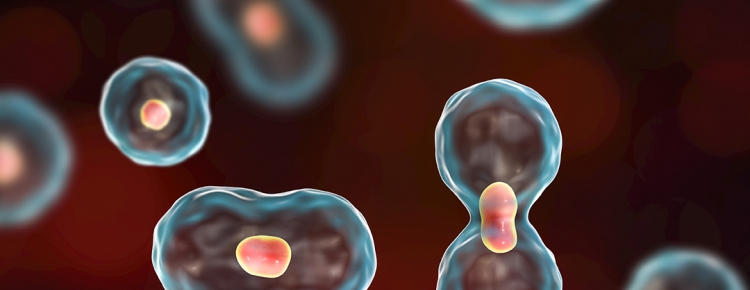
Scientists often report about new possibilities of stem sells usage, which have yet to be studied in the laboratory. As a result, for some, the stem cell seems to be something of the future. While others believe that they have become commonplace and are used in any beauty salon. So what stem cells are all about, for what are they often used for and what benefits they provide is currently just theory.
Where do stem cells come from?
Stem cells are the so-called undifferentiated cells, which can turn into different cells of the body with different inherent functions. There are more than two hundred types of them in humans.
For example, nerve cells or blood cells have narrow and specific tasks. Therefore, they spend all their energy on these tasks, without wasting resources on reproduction. And new red blood cells or neurons arise from stem cells that every person has at any age. They are of different types. Some are able to differentiate only into one type of cells, while others into several. Embryo stem cells in early pregnancy can transform into any type of body cell.
There are strong debates among scientists about whether all these cells can be called stem and whether the terms stem cell and progenitor cell are synonymous. But in general, both terms can be used equally. We are talking about base cells that can turn into any other cell. This means that if we learn how to handle them correctly, it can potentially allow us to grow new skin at the site of a burn or replace the liver tissue damaged by hepatitis.
Unfortunately, it is not yet possible to use stem cells for such purposes - but there are still a number of serious problems that they help to solve. Stem cell therapy can be used for knees, hips, back, shoulder, foot, and osteoarthritis treatment.
Stem cells can be obtained from embryos and in adults. For example, abortion materials can be used for research purposes. In adults, their main source is the bone marrow. Stem cells are also actively secreted from the pulp of the teeth and from the umbilical cord of newborns.
What are they used for?
Stem cells have been used for decades in the treatment of severe diseases of the blood and bone marrow, such as leukemia. The bone marrow is the organ of blood formation. In fact, it consists of stem cells. When it doesn’t function or produces “defective” blood cells, one of the treatment options is transplantation. That is the “replacement” of bone marrow stem cells with healthy ones. For this, both donor and the patient’s cells can be used if they have undergone a certain treatment.
The bone marrow transplantation procedure is not a classic transplant. The doctor does not cut the bone and replace its content with a new one. Bone marrow transplantation looks like a blood transfusion. By the way, bone marrow donation can be carried out as blood donation.
With other tissues, the situation is more complicated. For the transplantation of skin or cornea, tissue from stem cells must first be grown in a nutrient medium. But this is an expensive process that requires ideal conditions. According to researchers, the states are not yet ready to finance such methods. And for commercial structures, this is not very profitable due to a relatively low demand.

